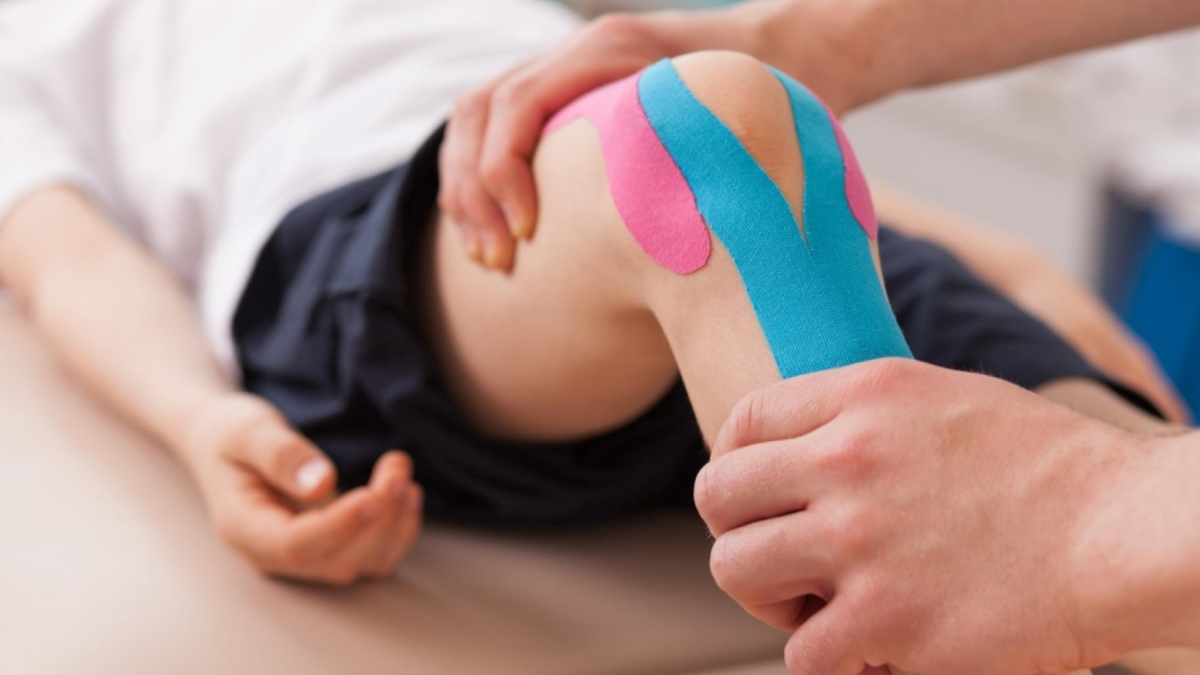College of Community Physiotherapists calls for more primary care professionals

VALENCIA (EP). The College of Physiotherapists of the Valencian Community appeals to the Minister of Health Marciano Gomezstrengthen the presence of the physiotherapist in preventive primary care programs and create active pain management units in health centers in order to improve the quality of life of patients: more than a million Valencians suffer from this type of chronic pain every day.
In this regard, he points out that chronic pain, a disease that affects more than 26% of the adult population of the Valencian Community, represents one of the biggest “challenges” for public health, and warns that “it not only impairs the quality of life, but also poses a serious challenge to health care and social well-being.
Chronic pain is one of the main reasons for seeking health care in the Valencian Community. Approximately 50% of doctor visits are for musculoskeletal pain, with low back pain being the most common, followed by neck pain and conditions such as osteoarthritis, arthritis, fibromyalgia and migraines. It is also the most common reason for seeking over-the-counter medications. Spain is, in fact, the second most drug-consuming country in the world after the United States.
The condition, which is more common in women, has a “profound impact” on patients’ quality of life, with 11% feeling that their daily life is affected by a lack of mobility or limitations in performing major activities. It also notes that the consequences “are not limited to the personal sphere,” with more than 20% of those affected in the workplace requesting time off work in the past year due to chronic pain.
The Fundamental Role of Physiotherapy
For this reason, on the occasion of World Pain Day, the College of Physiotherapists of the Valencian Community (ICOFCV) makes a “firm” call to health authorities: “it is necessary to strengthen the resources dedicated to alleviating the suffering of those who suffer from “chronic” pain.”

For this reason, the professional association calls for a “comprehensive and effective approach that goes beyond the pharmacological” and “we know that the active participation of professionals and patients is necessary to ensure a guaranteed solution to the problem.”
Moreover, the ICOFCV Public Health Commission emphasizes the “crucial” aspect of this approach: “pain does not equal physical harm.” In this sense, they highlight the important role of physical therapists through education in the neurobiology of pain and the use of exercise for therapeutic purposes.
Thus, according to ICOFCV, “treatment that does not involve the patient is in itself ineffective,” and therefore self-care “is key, and there are programs that survivors can follow to manage their pain.” However, he notes that while the patient “must take the reins, the physical therapist can play a critical role by educating the patient about chronic pain and recommending specific exercises that improve mobility, strength and balance, which have a direct impact on perception pain and its evolution.”
